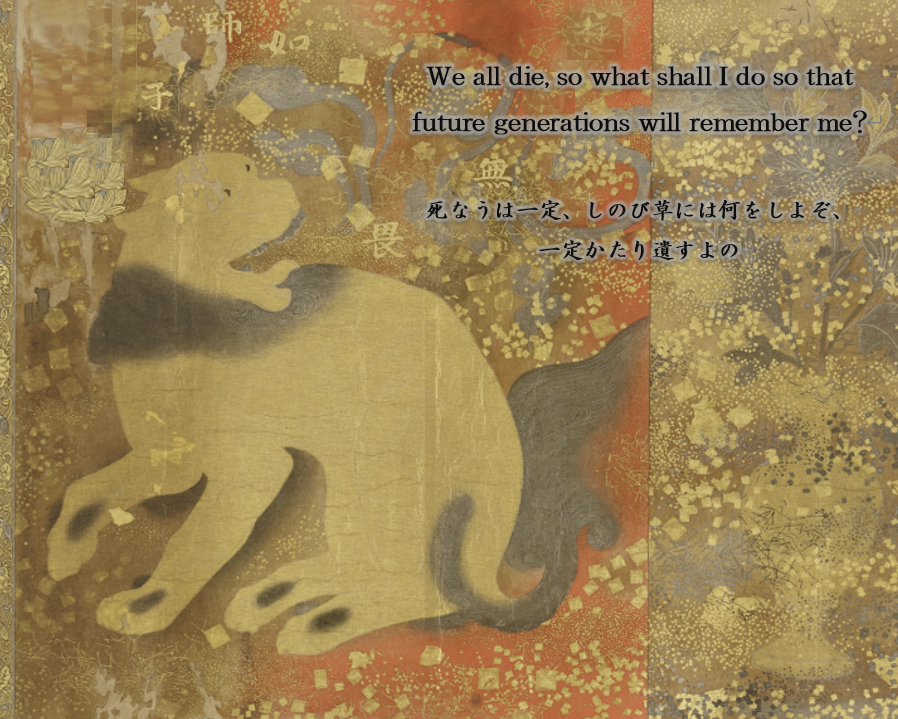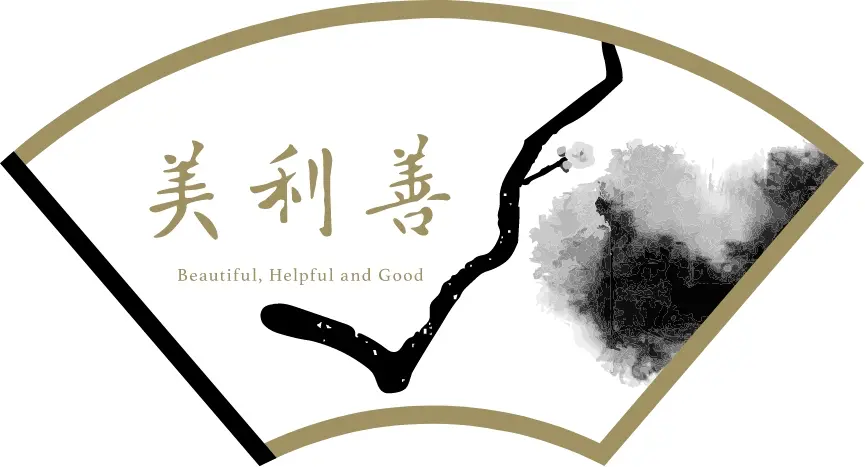What transaction history should be preserved for the future? -Part 2

(Continued from Part 1)
Why did the Honnōji incident (early morning of June 21, 1582), one of the greatest mysteries in Japanese history, occur?
It was because the mastermind knew that his lord, Oda Nobunaga, accompanied by only a few of his vassals, was staying at Honnōji Temple in Kyoto on that day.
Even today, the details of VIPs’ schedules should not be disclosed without permission (good reason).
The same goes for us, the general public.
In NFT marketplaces that use public blockchains, such as Ethereum, the history of NFT transaction is published* on the Internet.
*Etherscan, a search engine for the Ethereum blockchain, can be used to review the trading history of your NFT transactions at any time.
Our NFT marketplace “Tou Chakai”, is designed so that the potential dates and times of the Meeting set in advance by the Advisor are disclosed only to the Advisee who has completed payment after selecting an NFT (by utilizing Patented technology).
In addition, the schedule of the Meeting, the Google Meet URL, and other information to be shared only between the parties to the transaction are not recorded on the blockchain.
As for Advisees, the name registered in the profile does not need to be the person’s real name. (Of course, you can register under your real name or a commonly used name as well as Advisors.)
The NFT marketplace and other blockchain-based services (web3) are generally characterized by the fact that they require a high level of self-management ability from their users.
For example, I think that Tou Chakai Advisees will need the following capabilities
(1) What kind of people should I select as my advisors in life? (Judging)
(2) Securing the necessary funds to receive advice (financial capability)
(3) What and how much to disclose to the public Self-production/Self-protection)
(4) Self-management of my wallet (Asset management/Security management)
In the next article, I would like to discuss with you in more detail how we should address “web3”.
Image: Created based on ColBase
“Drawings of Mountings of Sutra Scrolls Donated by the Heike Clan to Itsukushima Shrine”, Meiji period, 19th century, Tokyo National Museum Collection
Sources: “Shinobi-gusa”

